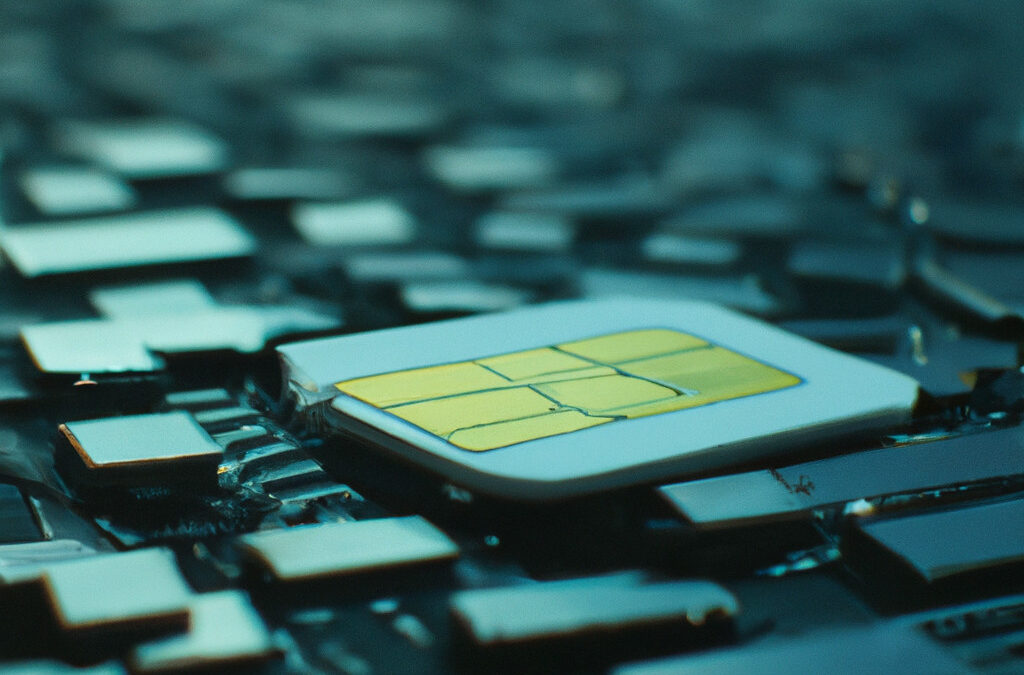
Key things to consider when selecting an cellular IoT connectivity solution for your IoT Device
August 30, 2022
Making it Simplex, what does it mean?
September 20, 2022No more plug-in SIM card on the Apple iPhone 14, why did they remove it and what impacts does it have?
First things first. By now even the regular consumer has learned that the SIM card has been digitalized, it has hit the same fate as Books, DVDs and CDs went through a decade ago and will be distributed not as physical goods but as a digital token.
Why did Apple remove the SIM card tray from the iPhone, what does it really matter for them? Here are a few reasons why it’s important.
Firstly, having less holes in the device results in easier to make it dust and water resistant. That SIM card slot is a place where moisture can enter and cause more problems on the device, maybe not all the way in, but at least between the SIM card and the reader, eliminating it removes one point of failure. With wireless charging progressing to be faster my guess is that few generations from now (maybe iPhone 16) the device will no longer have a charging port. This will also go well for their message of sustainability as Apple wants to keep the phones going on for a longer time and a charging port is something that often has issues.
Secondly, real estate on the device and more specifically the Value for Customers of the real estate on the device. The modern mobile phone is packed incredibly tight. What matters for the consumer is Speed (processing power), storage, camera quality, and screen. SIM cards job is to authenticate to the mobile network and it’s taken for granted from the consumer and does not provide an edge from one phone maker to the other. The smaller that footprint is the better. With eSIM there is still a eUICC/physical SIM card on the device, but it’s soldered in directly to the circuit board. This removes the need for the plastic SIM and the SIM card reader. That is a significant space saving on the device that can be used to add more battery, more processing power or one more fidelity on the camera. This is value for the consumer.
Okay, the SIM card slot is gone, what does it mean for you?
From the consumers perspective there will be little to no downsides. A SIM is a SIM is a SIM which means that in the end of the day once it’s on the device the customer does not really interact with it. It’s only when switching a phone when it matters. The first eSIM enabled iPhone was the XS model which came out in 2018, so 4 years ago. There has been a lot of training that has taken place for the Point of Sales stores to know how to manage and handle the eSIM and different apps on the store for self-provisioning. The infrastructure is now there.
For travel this opens a lot of possibilities as you can store multiple eSIMs on the phone and two can be active at the same time. Onboarding a travel eSIM can be as simple as scanning a QR code from a poster at an airport or a travel magazine. This opens up so many new opportunities for people to travel and also new use cases like sponsored data. It could be that by downloading a Consumer Brand App they will give you free data as long as you have their App on the phone and it’s allowed to show you ads… sky’s the limit.
We at Simplex Wireless embrace eSIM technology as the future and we focus on making the same thing happen to IoT as Apple has done for the Mobile Phone. We believe it’s not a question of if but rather a question of when.
Jan Lattunen, CCO


